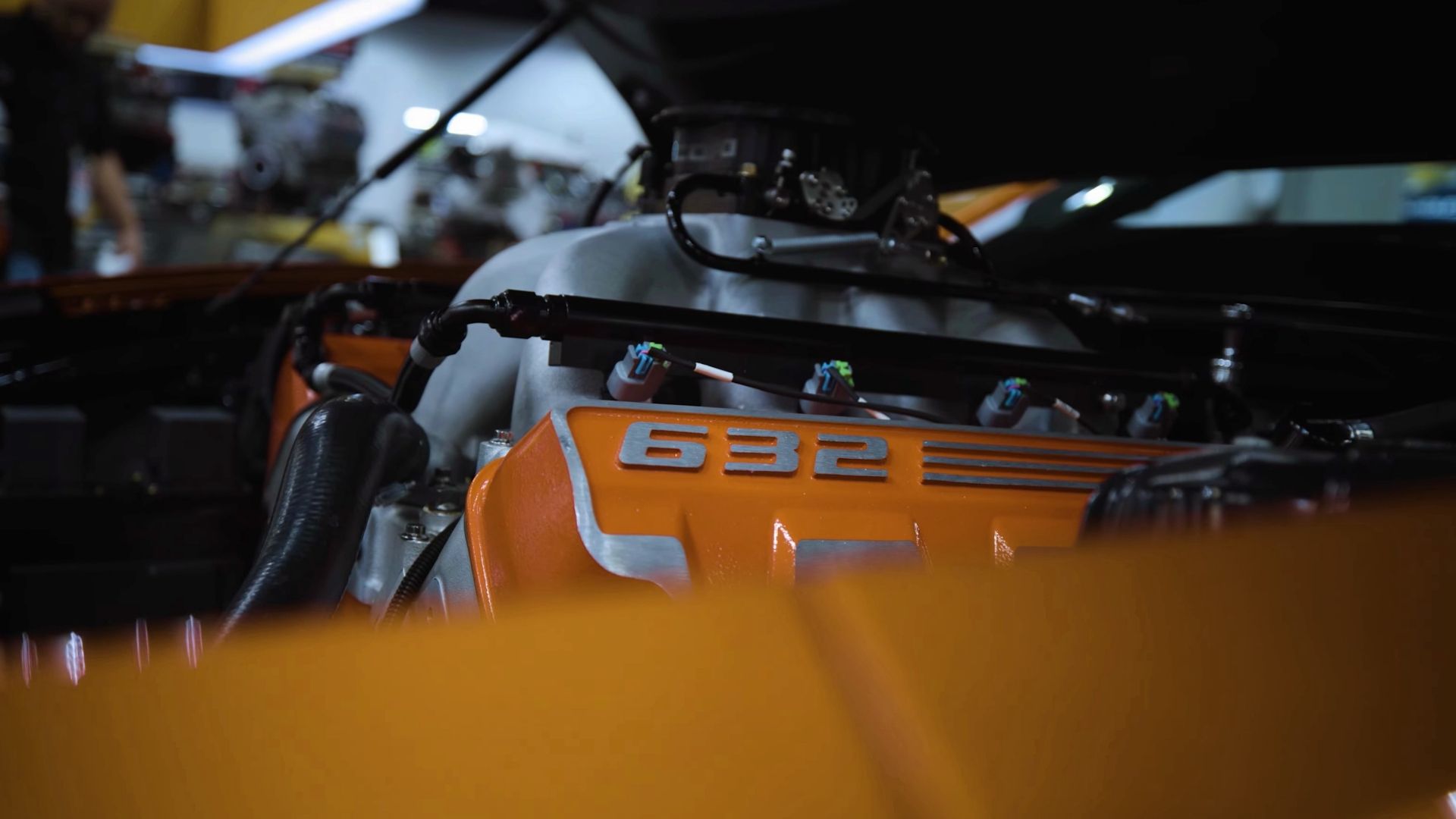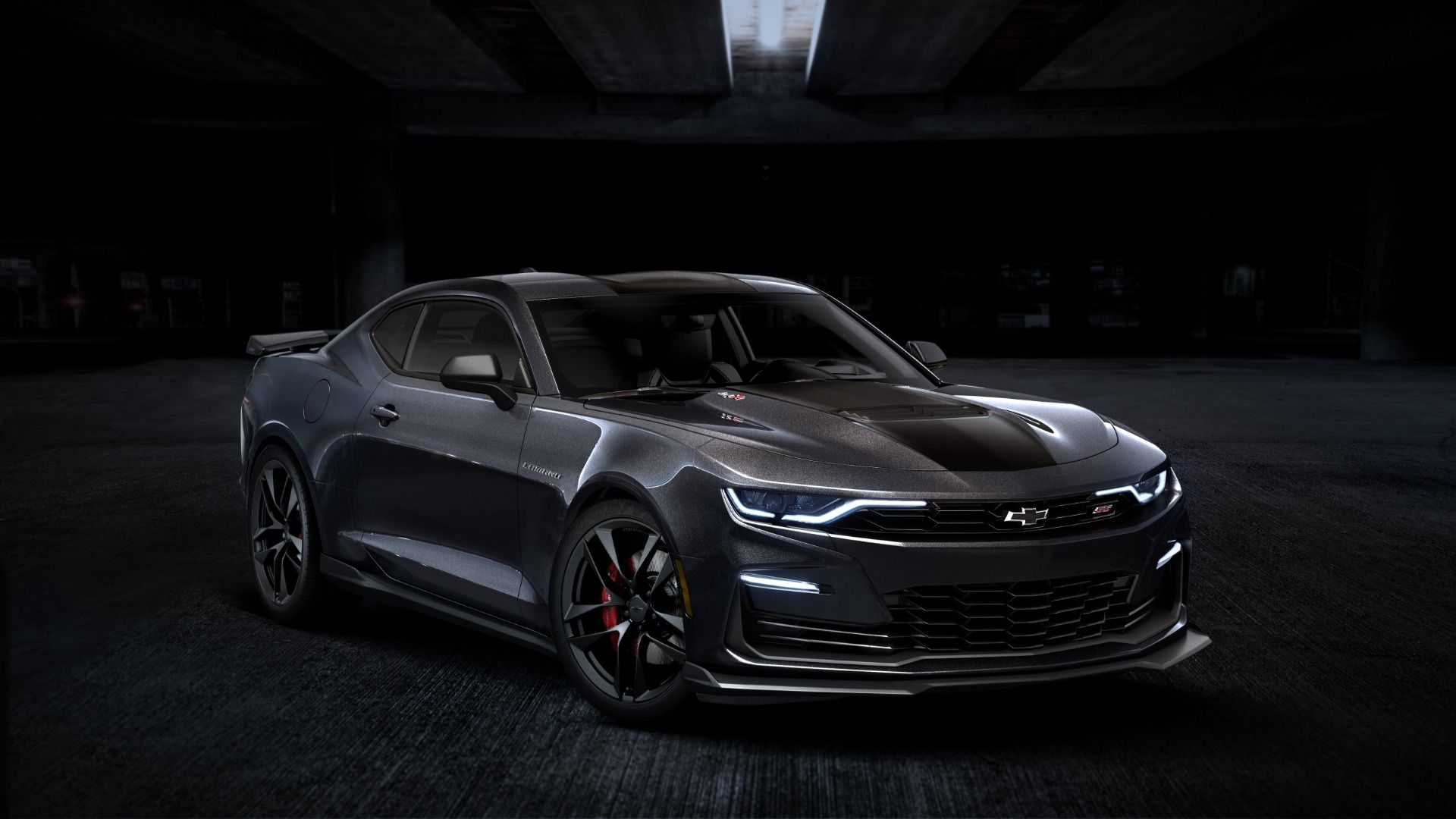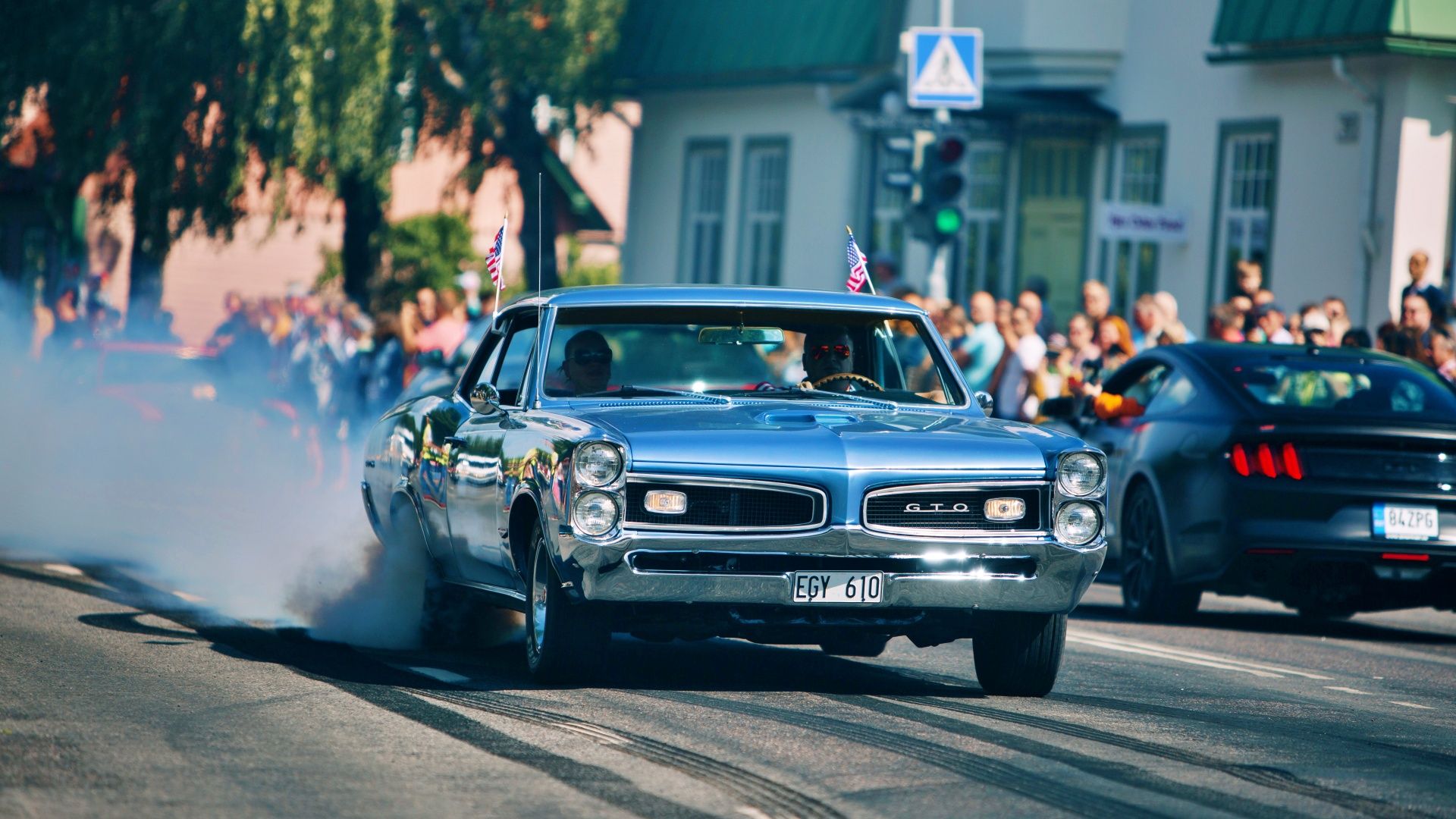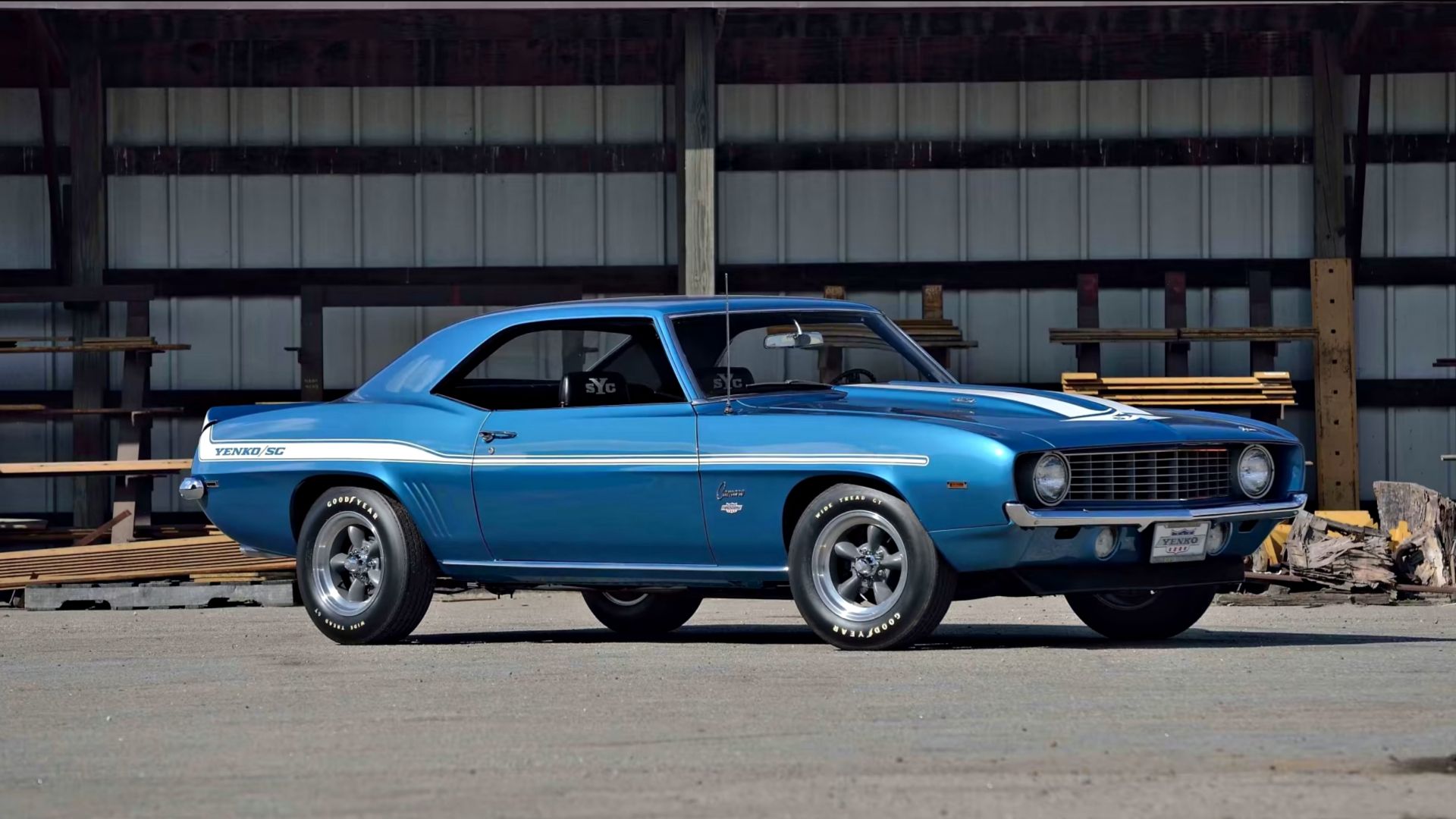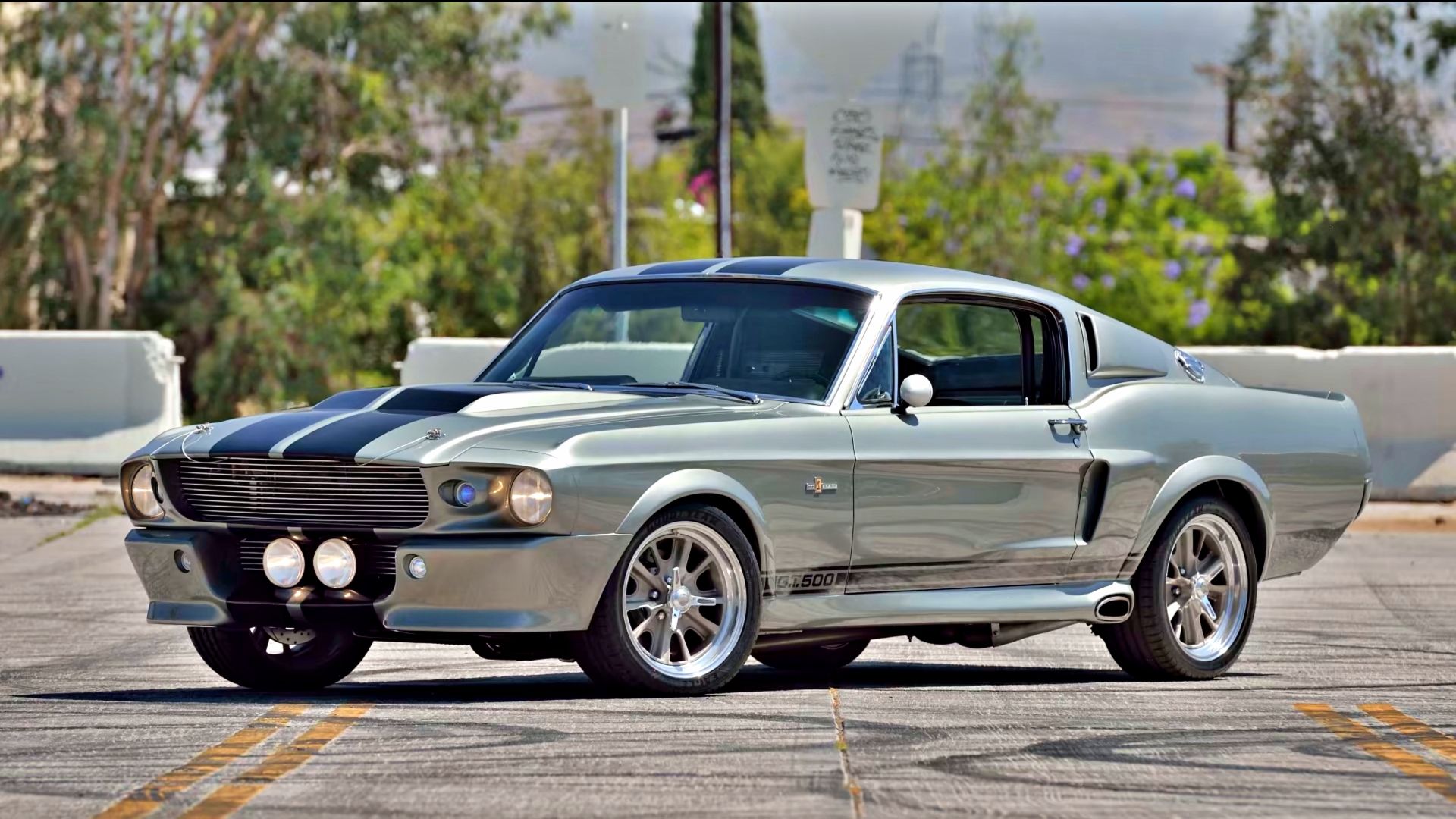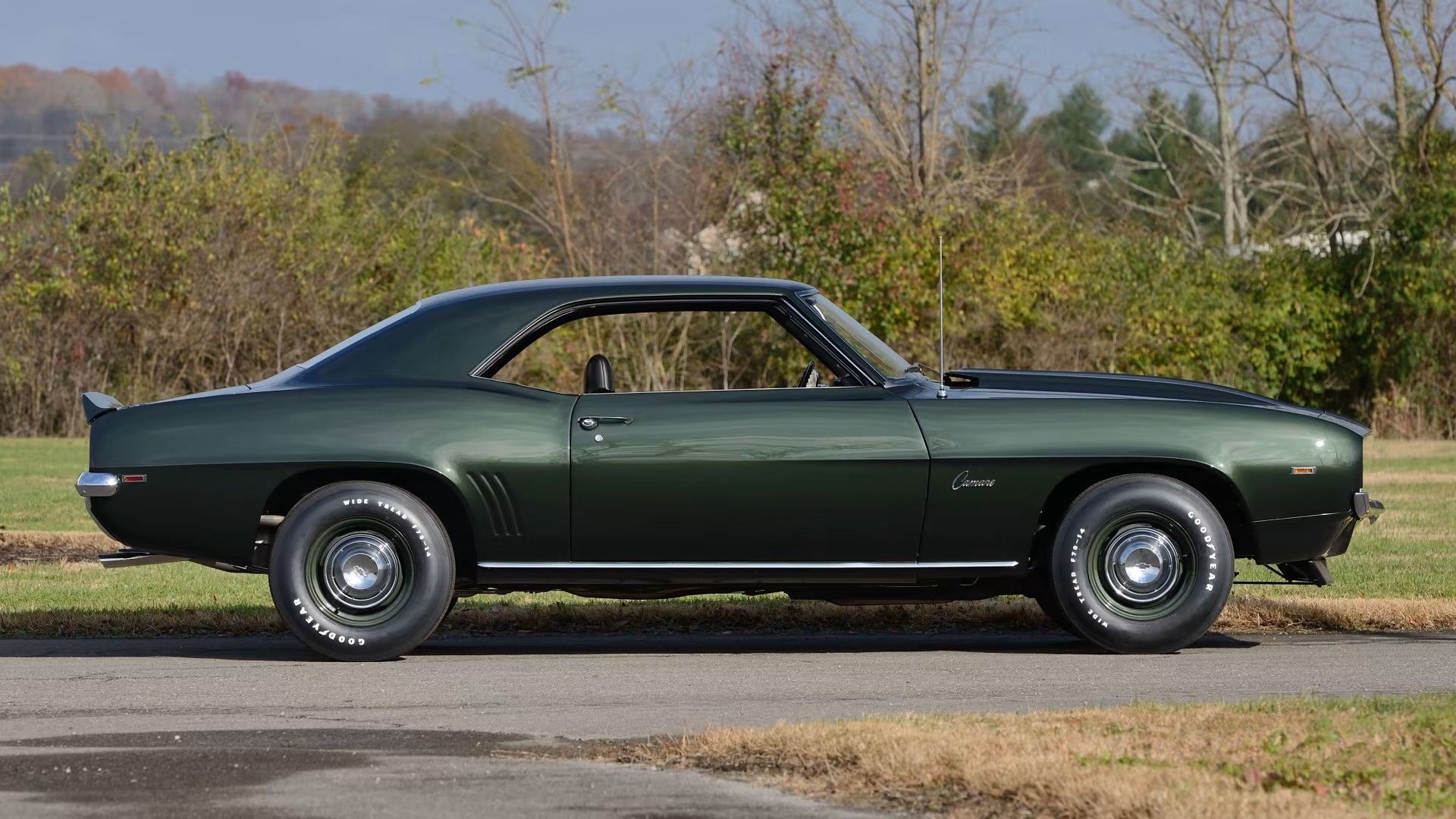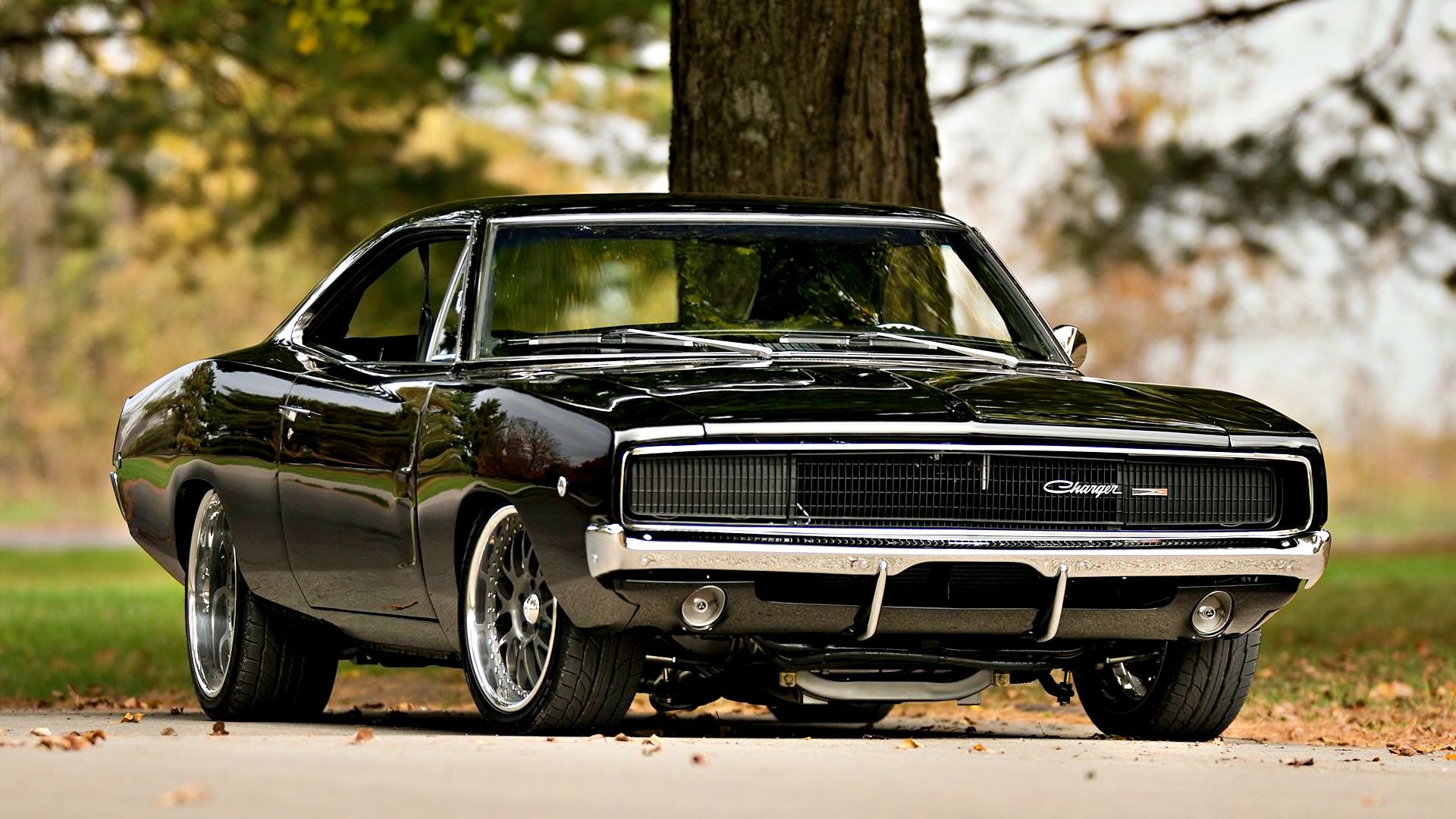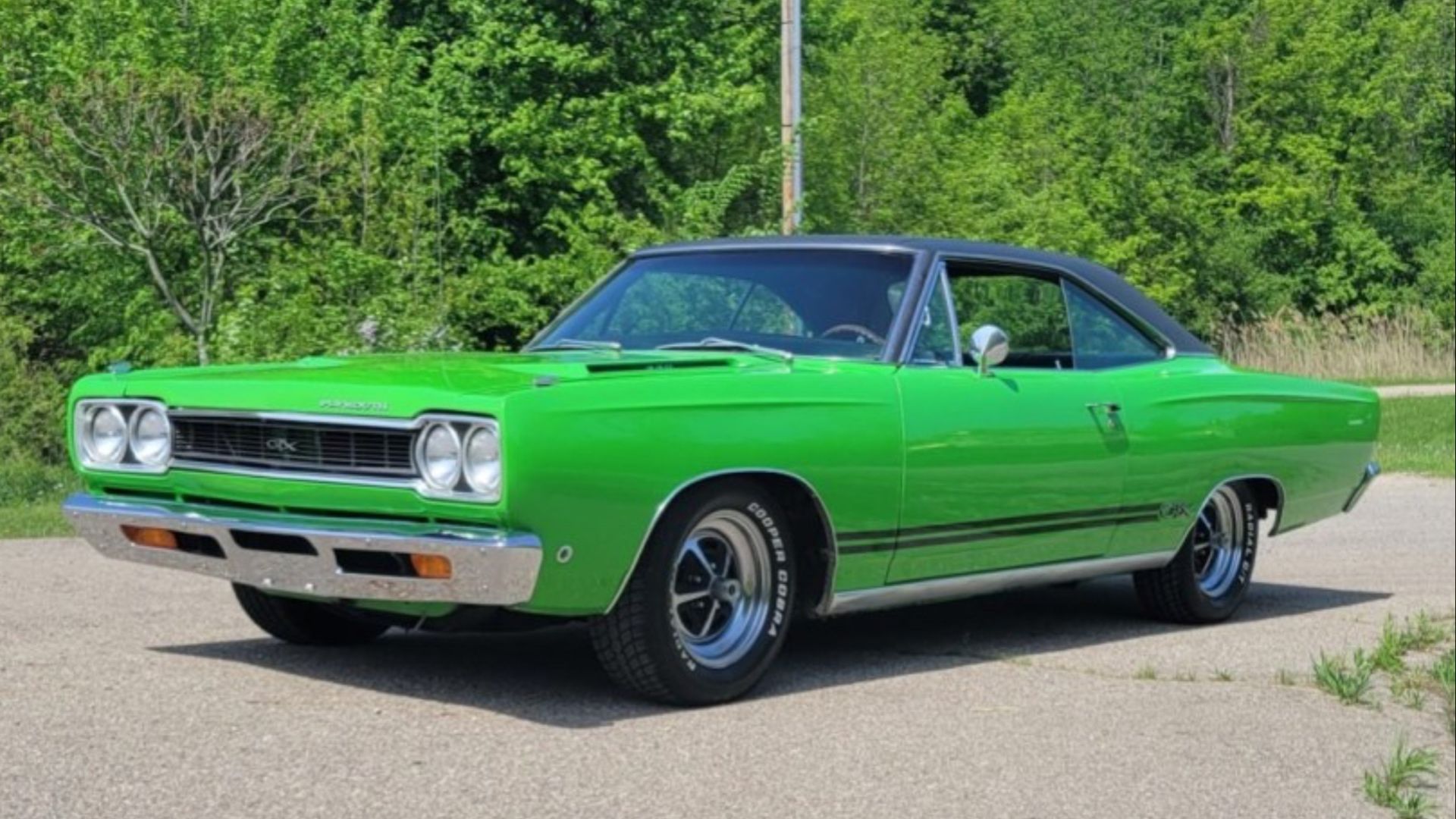Summary
- Muscle car enthusiasts oppose the idea of electrified muscle cars, as they value big, loud engines and a bold attitude.
- The 2023 COPO Camaro offers three engine options, with the most powerful being the 1,004 horsepower ZZ632 V-8 from Chevrolet Performance.
- The COPO Camaro is a purpose-built race car that is not street-legal and cannot be registered or driven on public roads.
The era of muscle cars is undergoing a revival, with iconic models like the Dodge Charger, Challenger, and now the Camaro retiring their traditional internal combustion engines in favor of electrified alternatives. However, many muscle car enthusiasts believe that the American muscle car culture is defined by powerful engines and an unapologetic demeanor. The idea of electrified muscle cars doesn’t sit well with them.
Despite the mixed opinions from fans, automakers like Dodge and Chevy are considering electric or hybrid-powered versions of their popular muscle car models. Dodge has even hinted at an electric Charger inspired by the Charger Daytona SRT Concept. However, before Chevrolet delves into electric plans for the Camaro, they are giving us one last hurrah with the 2023 COPO Camaro, featuring a powerful 1,000+ horsepower engine from Chevrolet Performance. This car is meant to bid farewell to the traditional internal combustion engine era, alongside the upcoming Collector’s Edition model.
This article is based on information from Chevrolet, GM Authority, and Car and Driver.
The COPO Camaro features The Most Powerful Engine Ever Made By Chevrolet Performance
The COPO Camaro has a rich history that dates back to 1969, when Chevy dealers discovered a loophole in the Central Office Production Order (COPO) system that allowed them to outfit the Camaro with a powerful 427 V-8 engine. This created a high-performance, non-street-legal Camaro that ruled the drag strips. Throughout the years, COPO-branded Camaros have maintained a reputation for being track-focused, high-performance machines that surpass street-legal models of their time.
Like its competitors Dodge and Ford, Chevrolet has race-oriented models for its pony cars, such as the Challenger Drag Pak and Ford GT3 race car. The 2023 COPO Camaro aims to be a fitting farewell to the sixth-gen Camaro, and it will face tough competition from other race-focused models. The COPO Camaro offers three engine options, with the highlight being the 632 cubic-inch ZZ632 V-8. This engine, with an NHRA rating of 1,004 horsepower, is the most powerful engine ever offered by Chevrolet Performance.
ZZ632 Engine Specs
|
Displacement |
632 Cubic-Inches |
|
Bore X Stroke |
4.60 X 4.75 Inches |
|
Horsepower |
1,004 @ 6,600 rpm |
|
Torque |
876 Pound-Feet @ 5,600 rpm |
|
Max Recommended Engine Speed |
7,000 rpm |
|
Block |
Tall Deck 632 Bowtie Sportsman, cast iron, four-bold main caps |
|
Cylinder Heads |
RS-X Symmetrical Port, CNC-Machined aluminum |
|
Crankshaft |
Forged Steel |
|
Pistons |
Forged aluminum |
(Specifications sourced from Chevrolet)
The other two engine options, while not as powerful as the ZZ632, still offer respectable NHRA output ratings. The naturally aspirated COPO 427 V-8 produces 470 horsepower, while the supercharged 350 V-8 delivers 600 horsepower. All three engine options come with the standard TH400 three-speed automatic transmission and Hurst Quarterstick shifter, making for an impressive straight-line performance. It’s worth noting that the COPO Camaro is not street-legal, and its track-only nature is reinforced by the absence of VIN numbers and the inability to be registered in any state.
The COPO Camaro ZZ632 Big Block Package Upgrades Power And Aesthetic
The 2023 COPO Camaro’s exterior design resembles that of the current 2024 model. It features unique paint options, including the Vivid Orange Metallic ZZ632 package, which adds special graphics and engine accent coloring, as well as COPO-embroidered seat backs and black bowtie emblems. This purpose-built race car comes with standard weight box, dual batteries, carbon fiber intake, and an optional parachute.
The ZZ632 package includes large Hoosier drag tires mounted on Black Weld Racing wheels, enhancing the drag-racing characteristics of the COPO Camaro. Wheelie bars are also included to prevent front-end lift during acceleration. The two-piece carbon fiber hood reduces vehicle weight, and while the parachute is optional, it adds to the drag race aesthetic and serves as a deterrent for potential challengers.
It’s important to note that the 2023 COPO Camaro is not street-legal. Chevrolet emphasizes this fact and advises owners to exclusively showcase their dragster at the drag strip. The COPO Camaro cannot be registered in any state and is only sold with a bill of sale, without a title. Additionally, no VIN numbers are assigned to the COPO Camaros, solidifying their status as track-only vehicles.
The 2023 COPO Camaro currently holds the title of the most powerful factory-built race car, specifically with the 632 big block engine option. However, Dodge recently unveiled the Hellephant A170 supercharged 426 cubic-inch V-8 crate engine, which surpasses the ZZ632 with a staggering 1,100 horsepower. Although Dodge has not incorporated the Hellephant engine into a factory model yet, there’s a possibility that they may give the Challenger a massive engine boost as it nears the end of its production. Until then, the 2023 COPO Camaro remains the top dog in American Muscle.
The End Of The Sixth-Gen Camaro And Future Models
The sixth-generation Camaro will reach its end with the 2024 model year, concluding a lineage that began in 2016. Chevrolet plans to bid farewell to the beloved internal combustion engine model with a special Collector’s Edition, expected to arrive in late 2023 or early 2024. Specific details about the 2024 Collector’s Edition Camaro have not been confirmed, but it will pay homage to the first-generation Camaro from the 1960s and its original codename, “Panther.”
The Collector’s Edition package will be available for the RS and SS models, as well as a limited number of ZL1 variants. There is currently no official release date or further updates regarding the Collector’s Edition or the future of the Camaro. However, Chevrolet has assured fans that the end of the sixth-gen Camaro does not mark the end of the Camaro journey, hinting at the possibility of a future return, potentially with an electric transformation.

